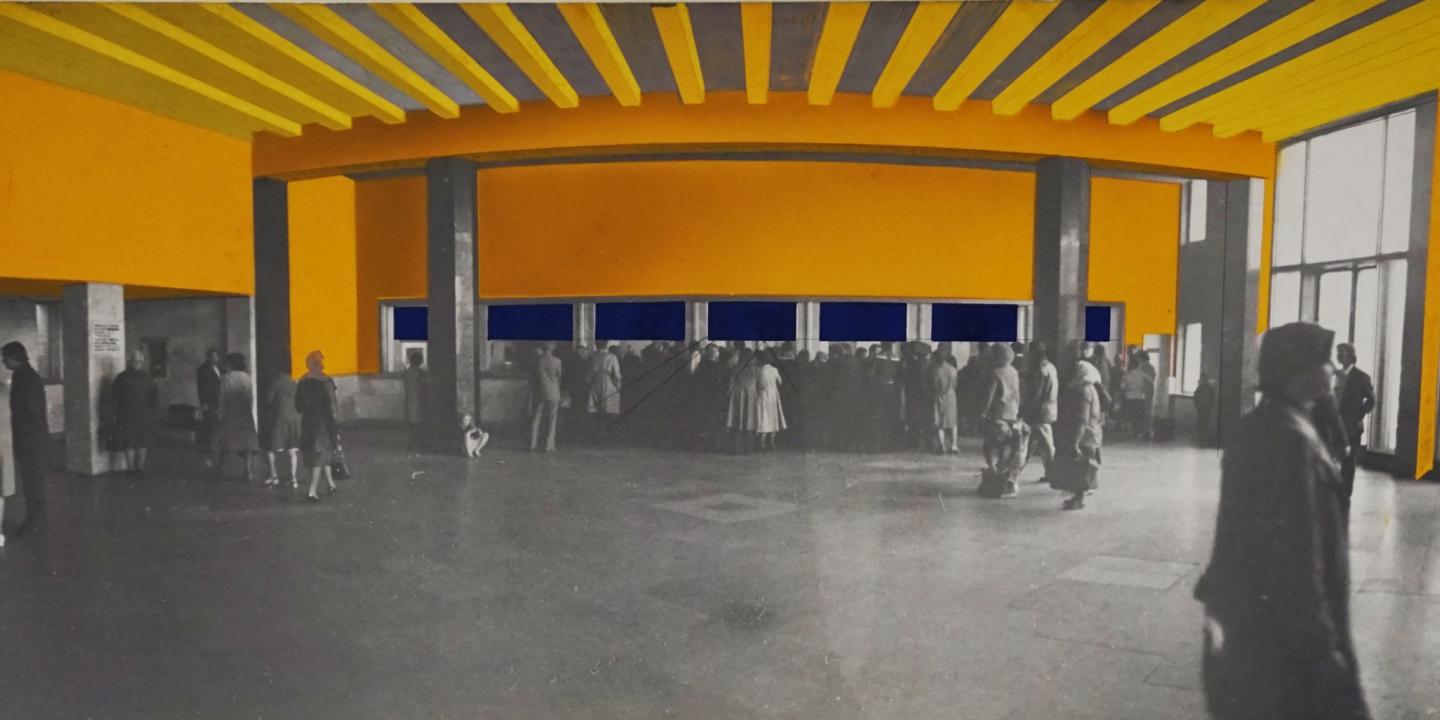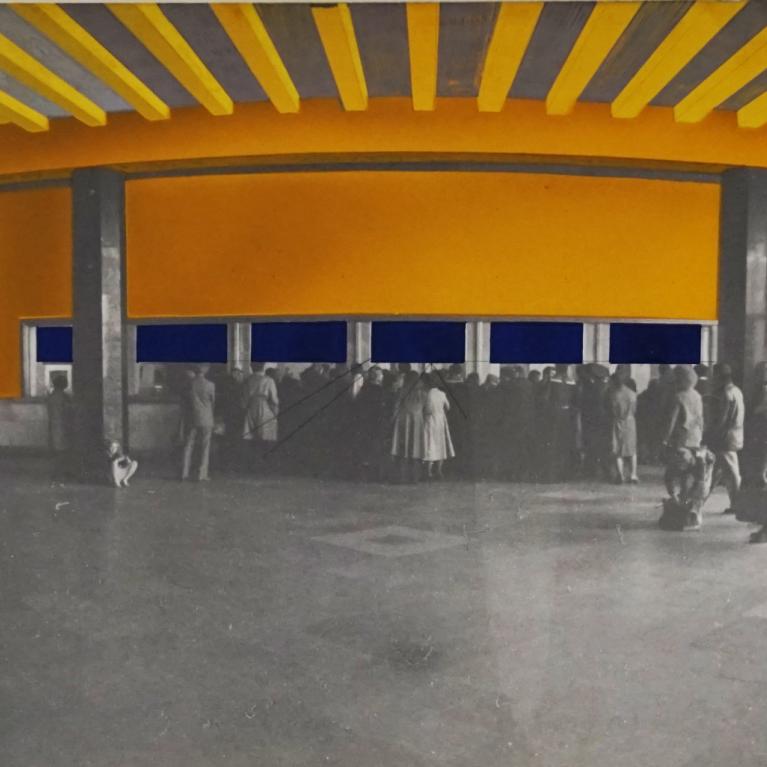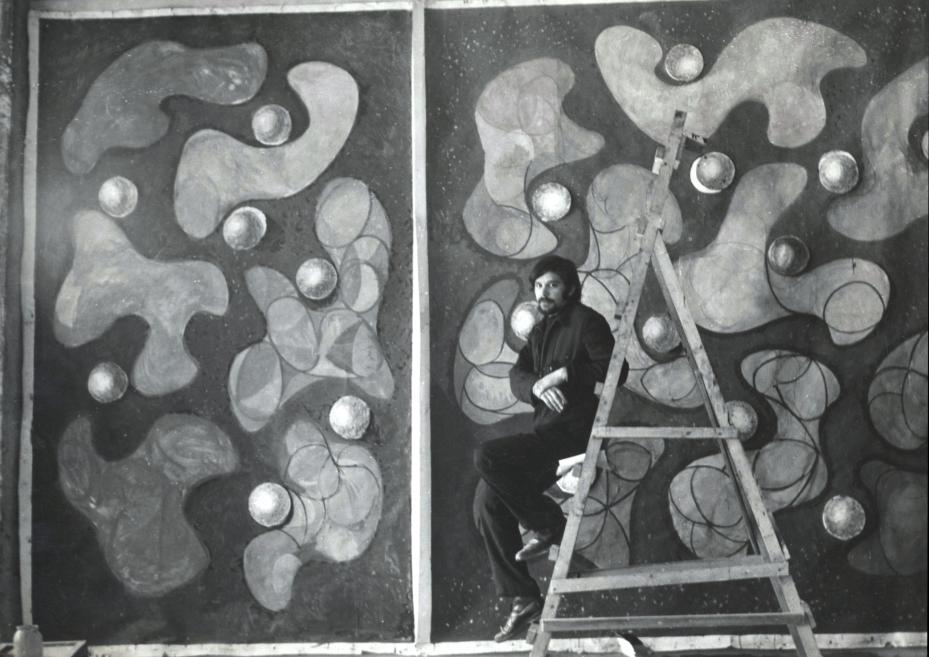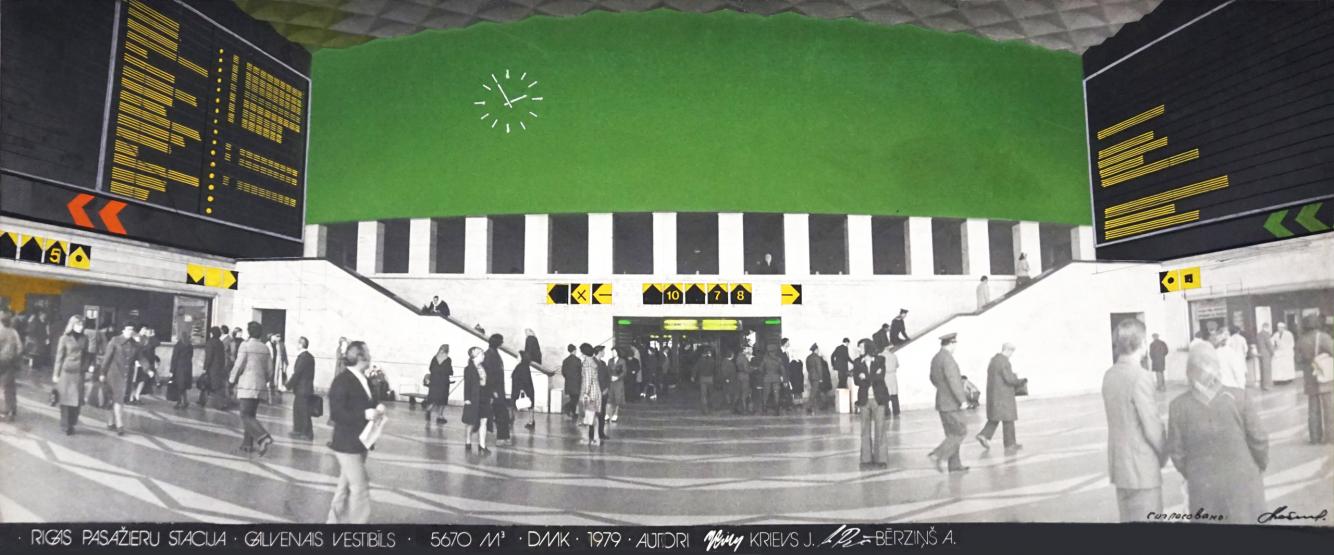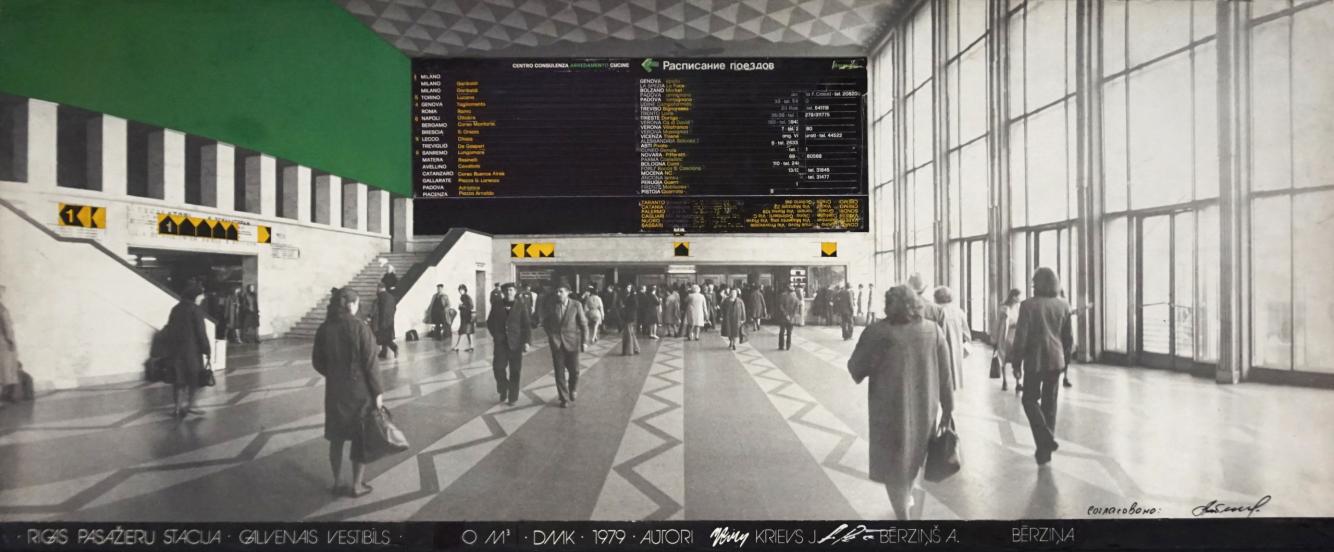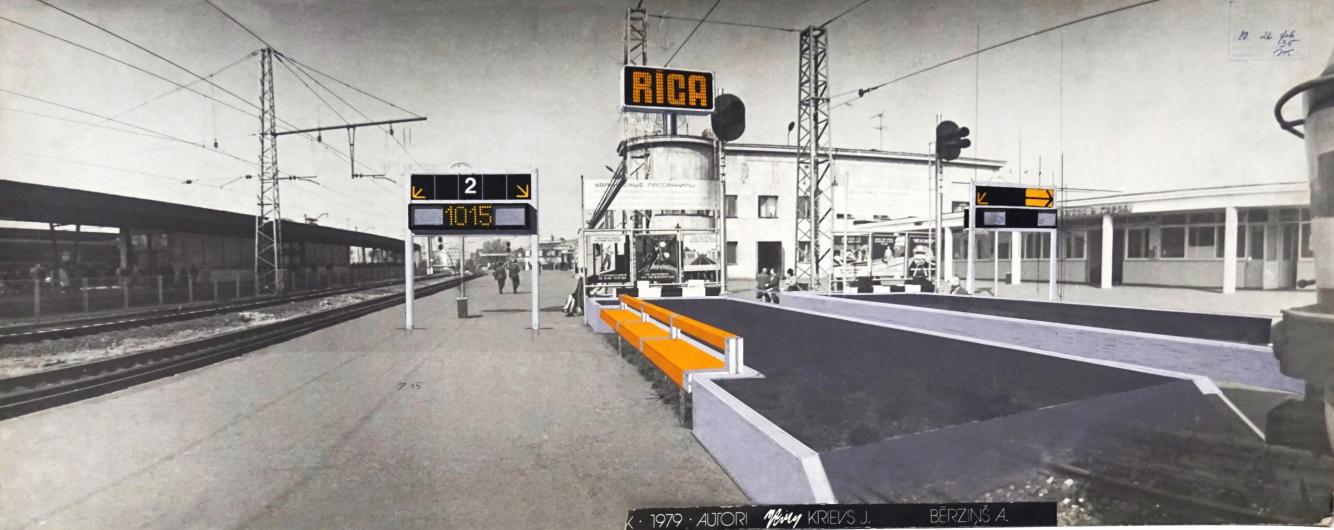Jānis Krievs. The Passed Future
From 18 October 2024 to 26 January 2025, the Museum of Decorative Arts and Design (Skārņu Street 10, Riga) will host the first solo exhibition of the renowned Latvian designer and environmental artist Jānis Krievs –‘Jānis Krievs. The Passed Future’, providing a unique opportunity to explore the artist’s creative legacy in design, kinetics, environmental and interior art.
The exhibition Jānis Krievs. The Passed Future will provide viewers with a unique opportunity to experience the atmosphere of the 1970s and 1980s through the prism of one designer's creative work. Jānis Krievs was an innovator in several artistic fields, beginning from painting, which he studied, to interior projects, and explorations in kinetic and proto-digital art. The paradox of Jānis Krievs’ work is that his most active creative period took place when the Soviet regime lost it’s authority — ideologists called it the period of ‘advanced socialism’, later dubbed stagnation. However, the artist's imagination had nothing to do with the politically stifling atmosphere and economic backwardness – he was working for the future, seeing it as westernized, modern, beautiful, and technologically advanced. Strangely enough, it was the decaying ambitions of the regime of the authorities to "catch up with and overtake capitalism" that enabled the artist, who would rather have belonged to the ranks of dissidents, to realize daring, futuristic ideas, the grandest of which was the reconstruction of the interiors of Riga Central Railway Station.
Jānis Krievs is characterized by a complex, synthetic approach to spatial solutions – he himself emphasized that he was creating environments rather than decorative objects or interiors: “Instead of the old stereotype of ‘design art’ comes ENVIRONMENTAL DESIGN," he wrote. "It is a complex, social process!". Jānis Krievs' ideas were ahead of their time and were as if created for people of the future. Another paradox is that the real course of history was cruel to the already implemented projects, and almost all of them were destroyed. The exhibition will probably evoke memories to the older generation, while for the middle and younger generations, it will be a complete discovery, promises Vilnis Vējš, the curator of the exhibition.
Jānis Krievs (1942–2016) was one of the most prominent Latvian graphic designers, environmental and interior artists and representatives of kinetic art. His creative legacy has a special, distinguished place in the history of Latvian design. Soviet period design is an understudied and under-publicized cultural asset in Latvia, especially the heritage of the 1970s and 1980s, which has mostly been lost, transformed, and not known to the younger generation. The artist's creative work deserves to be on a par with Rihards Zariņš, Ansis Cīrulis, Jūlijs Madernieks, and other prewar design classics, as well as the daring post-war architect Marta Staņa and his contemporary Valdis Celms, broadening public perceptions of the golden fund of Latvian design.
The exhibition will feature more than 100 original works of the artist. This will be the first major solo retrospective of the renowned designer, spatial and environmental artist, and will cover his rich creative legacy, most of which is held in the collection of the Museum of Decorative Arts and Design.
The illogy enclosed in the exhibition’s title ‘The Passed Future’ is ambivalent – it combines the artist's futuristic, forward-orientated creativity with the actual situation that his most significant realized objects – the environmental design of Riga Central Railway Station and the kinetic solution of the station clock, the kinetic wall of the Daugavpils Palace of Culture stage, the kinetic object and stage relief of the Railway Workers' Culture Palace, the foyer interior of the Riga Sports Palace, etc. have been realized but have not survived to the present day. He is a protagonist of this era, who reconciled the contradictions of the era: on the one hand, the resources available in a planned economy and the authorities' interest in investing them in the creation of new public spaces (especially related to the 1980 Moscow Olympic Games), and on the other, the orientation of Latvian artists towards Western design models, progressive ideas and innovation.
In order to give the viewer a broader idea of the scope of Jānis Krievs' work and the impact of the techniques used to organize space, not only the artist's drawings and sketches will be on display, but also a creative interpretation of them in real dimensions (by Mārtiņš Ratniks). Moreover, there will be an opportunity to "walk through" the interior of the railway station in an interactive digital reconstruction. The exhibition will highlight the most important qualities of the artist's work: his vision of the future, his sense of presence, and his complex approach.
The project is realized thanks to the support of the State Culture Capital Foundation's target programme Nationally Significant Cultural Events.
